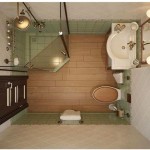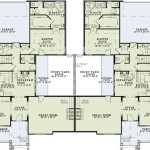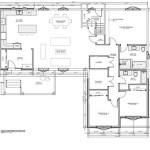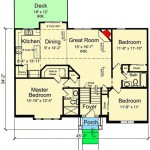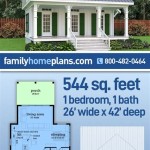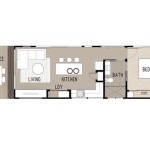Arts and Crafts Style Floor Plans
The Arts and Crafts movement, which emerged in the late 19th century, promoted a return to traditional handcraft techniques and a rejection of mass-produced goods. This movement had a significant influence on architecture, leading to the development of the Arts and Crafts style, which emphasized natural materials, simple forms, and functional design.
Arts and Crafts style floor plans are characterized by their open and airy layouts, which allow for a seamless flow of natural light and ventilation. The homes typically feature large windows, often grouped in threes or fours, which provide ample sunlight and stunning views of the surrounding landscape.
The floor plans are designed to be both practical and aesthetically pleasing. The living spaces are often interconnected, with the kitchen, dining room, and living room flowing into one another, creating a sense of spaciousness and togetherness. The bedrooms are typically smaller and more private, tucked away from the main living areas.
One of the defining features of Arts and Crafts style floor plans is the use of natural materials, such as wood, stone, and brick. The wood is often left unfinished or stained in natural hues, showcasing its beautiful grain and texture. The stone and brick are used for fireplaces, chimneys, and exterior walls, adding a touch of warmth and rustic charm to the home.
Another characteristic of Arts and Crafts style floor plans is the emphasis on functionality. The homes are designed to be both comfortable and efficient, with plenty of storage space and well-thought-out layouts that minimize wasted space. The kitchens often feature built-in cabinetry and appliances, creating a streamlined and uncluttered appearance.
Arts and Crafts style floor plans are a testament to the movement's commitment to beauty, craftsmanship, and practicality. These homes offer a unique blend of comfort, style, and functionality, making them a popular choice for homeowners who appreciate the timeless appeal of traditional design.
Here are some additional characteristics of Arts and Crafts style floor plans:
- Low-pitched roofs with wide eaves
- Exposed rafter tails
- Craftsman-style woodwork, such as built-in bookcases and window seats
- Fireplaces with stone or brick surrounds
- Front porches with columns or pillars
- Wrap-around porches
- Gable roofs
If you are considering building an Arts and Crafts style home, there are many resources available to help you get started. You can find books, magazines, and websites that offer inspiration and guidance on designing and building your own Arts and Crafts masterpiece.

Bungalow Floor Plans Style Homes Arts And Crafts Bungalows Craftsman House

Craftsman Style House Plans Big And Small Houseplans Blog Com

Craftsman Style House Plans With Bungalow Features

House Floor Plans 1910s 1930s Bungalow Craftsman

Bungalow Floor Plans Style Homes Arts And Crafts Bungalows House

The Varina 1920s Bungalow 1923 Craftsman Style From Standard Homes Company Hous House Plans

1922 Craftsman Style Bunglow House Plan No L 114 E W Stillwell Co

Informally Elegant 4 Bed Craftsman Style House Plan 710069btz Architectural Designs Plans

Affordable Exclusive Craftsman Style House Plan 9081

Durham Drive Craftsman House Plans Ranch


